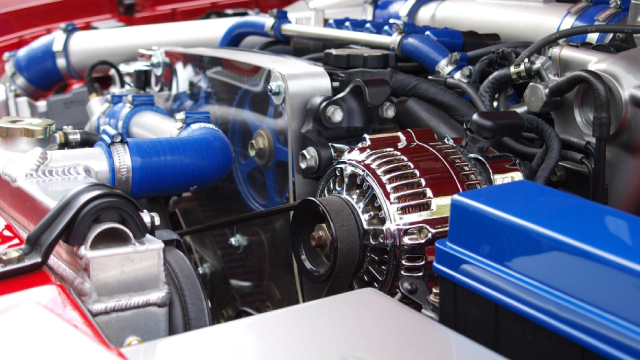The Future of 3D Printing: A Game-Changer in Manufacturing
3D printing, also known as additive manufacturing, is revolutionizing the manufacturing industry with its unique capabilities and advantages over traditional methods. This innovative technology allows for the creation of complex and intricate objects by adding material layer by layer, resulting in reduced production time, lower costs, and increased design freedom.
Edge over Traditional Manufacturing
Compared to traditional manufacturing methods like casting, forging, and machining, 3D printing offers several significant advantages:
- Faster production: 3D printing eliminates the need for tooling and setup, reducing the time required to produce a part. Additionally, the ability to produce multiple parts concurrently further accelerates the production process.
- Lower costs: The elimination of tooling and the ability to produce parts on-demand significantly reduce the overall production costs. Moreover, the use of materials in their near-net shape form further minimizes material waste.
- Design freedom: 3D printing allows for the creation of complex and intricate designs that are difficult or impossible to produce using traditional manufacturing methods. This enables the development of new products and innovations.
Rising Adoption
The advantages of 3D printing have led to its increasing adoption across various industries:
- Aerospace: Companies like GE Aviation are using 3D printing to manufacture parts for jet engines, reducing weight and improving efficiency.
- Healthcare: 3D printing is being used to create custom prosthetics, dental implants, and surgical models, providing better fit and functionality for patients.
- Consumer Goods: Companies like CRS (Colorado Rapid Technologies) and PRLB (Protolabs) are offering 3D printing services to consumers, enabling the production of custom and one-of-a-kind items.
Impact on Individuals
The widespread adoption of 3D printing will have a significant impact on individuals in various ways:
- Customization: 3D printing allows for the production of custom-made items tailored to individual preferences and needs.
- Reduced costs: The ability to produce items at home or through on-demand services will reduce the cost of ownership for various items.
- Innovation: The accessibility of 3D printing will enable individuals to create and innovate in ways never before possible.
Impact on the World
The impact of 3D printing on the world will be far-reaching:
- Economic growth: The reduced production time, lower costs, and increased design freedom offered by 3D printing will lead to economic growth and job creation.
- Sustainability: The reduction in material waste and the ability to produce parts on-demand will contribute to a more sustainable manufacturing process.
- Education and research: 3D printing will enable easier access to manufacturing technology for educational and research purposes, fostering innovation and knowledge.
Conclusion
3D printing is poised to revolutionize the manufacturing industry with its unique advantages and capabilities. The trend towards 3D printing is being driven by companies like GE, CRS, and PRLB, and its impact on individuals and the world will be significant. The future of 3D printing holds endless possibilities, from customization and reduced costs to economic growth and sustainability.
As the technology continues to evolve, we can expect to see even more innovative applications and use cases, further solidifying 3D printing’s place in the manufacturing landscape. Embrace the future of manufacturing, and prepare yourself for a world where the possibilities are limited only by your imagination.
3D printing is not just a trend, it’s a game-changer.





